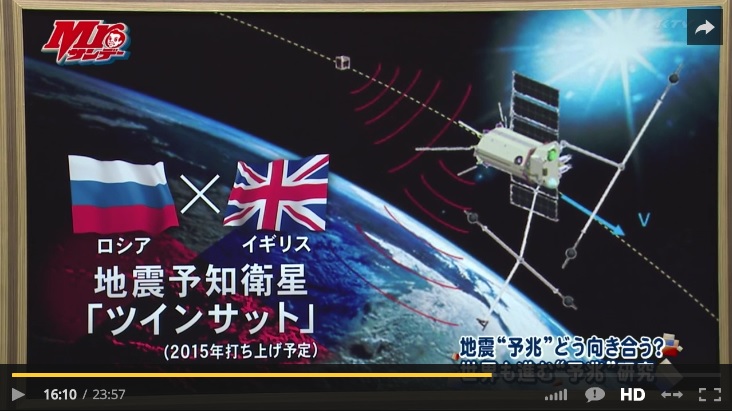
|
A film about the technology of earthquake prediction of "Planet from Space" will be shown on TV Culture December 24 (Sk)
December 24 at 20:50 Moscow time in the series of programs "Tomorrow Never Dies" will be shown the film "Earthquake Forecast, which is not". The announcement of the film:
Victims of the earthquake in the Italian town - L'Aquila in April 2009 could have been avoided if its inhabitants and the authorities trusted to prevent the engineer Giampaolo Giuliani, and if seismologists do not ignore him long-term studies of gas - radon, at a concentration which is already necessary to sound the alarm about the impending catastrophe. For inaccurate forecasting disaster, scientists seismologists, who believed people returning to their homes were on the Bench ...
The filmmakers met in different parts of the world with those scientists who went unbeaten road in geophysics and seismology, who found his original method of forecasting, and perhaps among them are those who for the first time to say: we know how to predict earthquakes.
In the film: Vladimir Kosobokov, a leading researcher at the Institute of Earthquake Prediction Theory and Mathematical Geophysics RAS; Giampaolo Giuliani, engineer-physicist; Mauro Dolce, head of the Department of the seismic risk of the Civil Protection of Italy; Sergei Pulinets, chief researcher at the Institute of Space Research; Dimitar Uzunov, a geophysicist, Chapman University, USA; Arianna Giuliani daughter Giampaolo Giuliani; Bruno Sabatini, a writer, a resident of L'Aquila.
Three members of our team are involved in this film there are shots in the Startup Village
* Earthquake Prediction is Possible!? (S. A. Pulinets, D. P. Ouzounov, D. V. Davidenko) | Planet from Space, LLC (Sk)
|





